
Koala response post black summer fires and timber harvesting
With koalas just listed as Endangered, it's more important than ever to scientifically assess the key threats to their populations.
DPI Forestry's ecology team have recently conducted parallel research projects investigating the impact of forest disturbances – bushfires and timber harvesting – on koalas as part of efforts to better understand koala habitat threats and risks.
Bushfire impact
Koalas were monitored pre and post the 2019/2020 bushfires in northern NSW using acoustic arrays to estimate density. Acoustic arrays sampled large areas in three forests with a gradient in fire severity and three unburnt control forests.
The research found that koalas temporarily disappeared from high severity fire areas, however, numbers in lower severity fire areas showed little impact from fire and koalas were recorded bellowing during their mating season both immediately after the fire and one year later.
In the areas greatly affected by high severity fire, koalas were found to have commenced recolonisation within the following year.
Dr Brad Law said the research assessed the extent of impact of hot severe bushfires on koala populations, and how the impact varies according to fire severity and patchiness.
Signs of significant recovery of koala numbers within 12 months is encouraging and the DPI Forest ecology team will continue to monitor koala recovery.
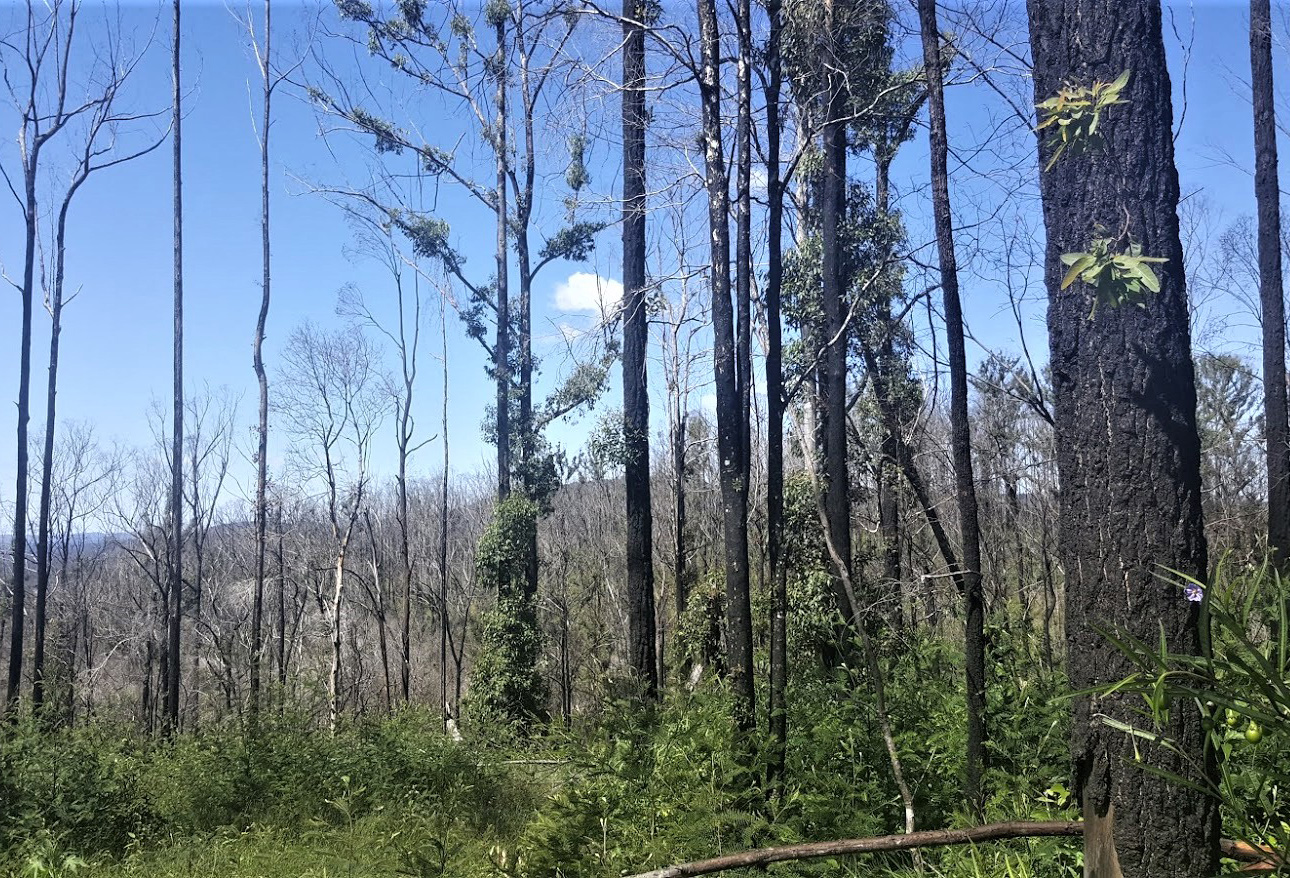
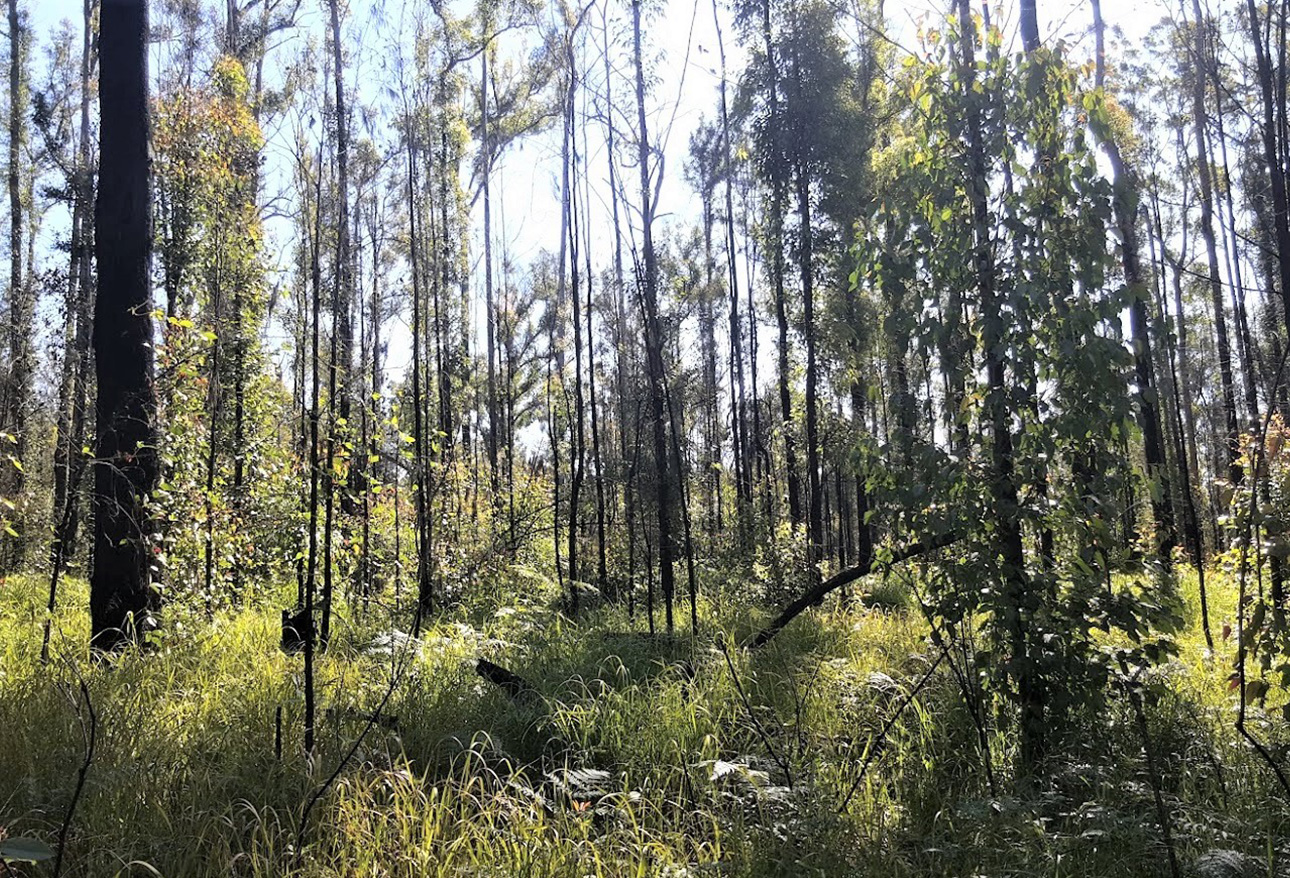
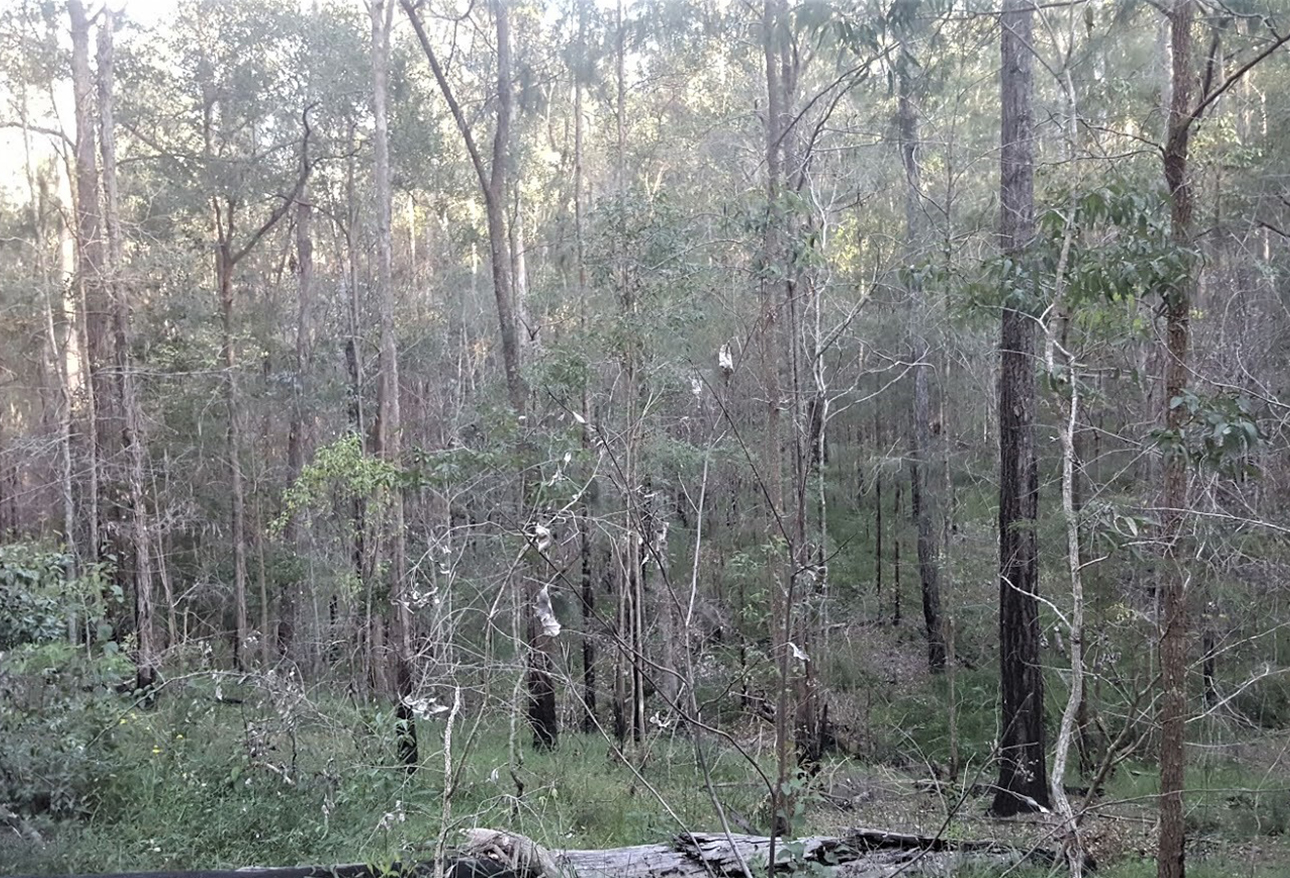
Response to harvesting
In a parallel three-year study, DPI Forestry scientists recently assessed the response of koala density to timber harvesting across 3,600 hectares of forest.
The team used acoustic arrays to record bellowing koalas combined with advanced modelling techniques to provide an estimate of koala density in 400 ha patches of forest. The acoustic arrays were also supplemented with koala detection dogs to confirm sex ratio from fresh scat.
The experiment assessed change in koala density after selective harvesting with regulations in place to protect environmental values, and additional sites that were heavily harvested 5-10 years previously, now dominated by young regeneration.
Paired sites in nearby National Parks served as controls.
The study concluded that native forestry regulations, which set aside a network of environmental protections, provided sufficient habitat for koalas to maintain their density, both immediately after selective harvesting and 5-10 years after heavy harvesting.
Koalas were recorded at almost every song meter (225 in total) before and after harvesting, indicating koalas were widespread across all arrays. Average density was estimated to be higher than expected for forests in NSW.
We found no significant effect of selective harvesting on density and little change was evident between years or between State forest and the control sites in national parks. Also, density 5-10 years after previous heavy harvesting was equivalent to control sites, with one previously harvested array supporting the second highest density in the study.
In north-east NSW, regulatory settings introduced in 2018 result in 57% of the state forest landscape being excluded from harvesting and this is key to supporting koala populations, especially during the initial stages after a forest disturbance.
The outcomes for koala density are also consistent with the findings of GPS tracking of individual koala behaviour through this same period. GPS tracking demonstrated that koalas (including breeding females) routinely used disturbed areas, areas of regeneration and older forest in exclusion zones.
Publication - Regulated timber harvesting does not reduce koala density in north-east forests in New South Wales
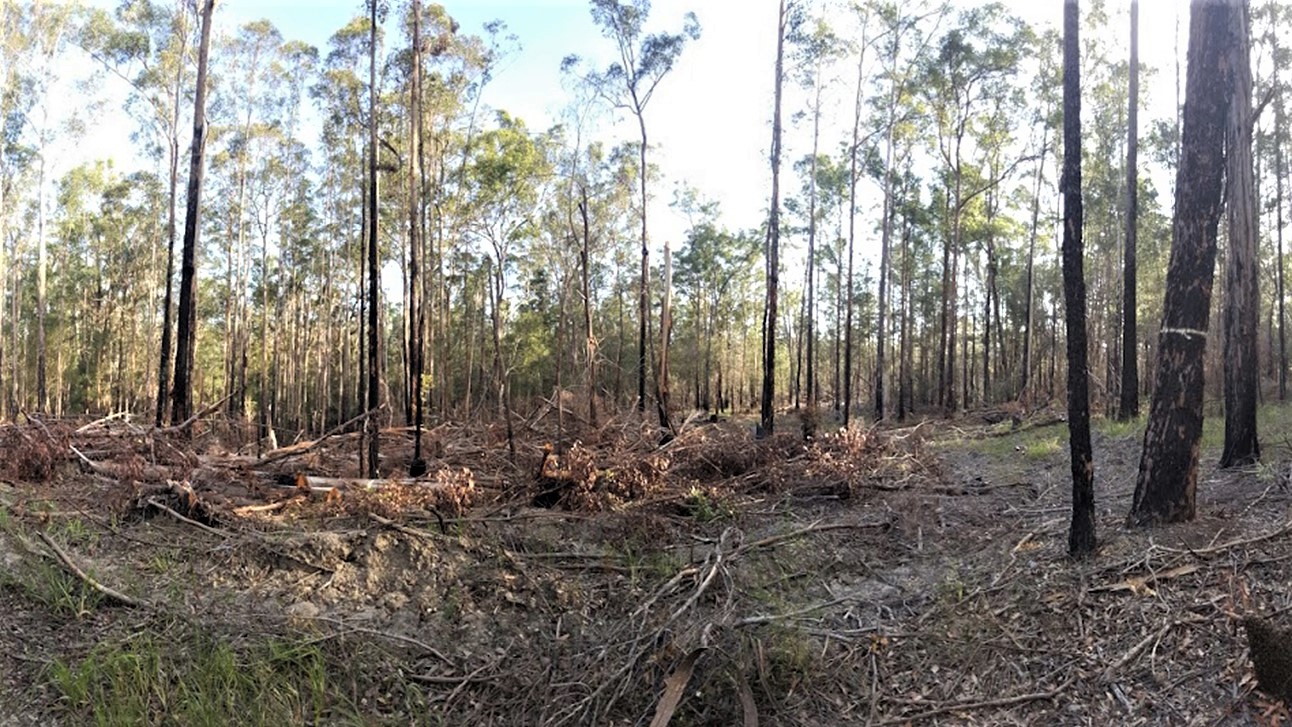
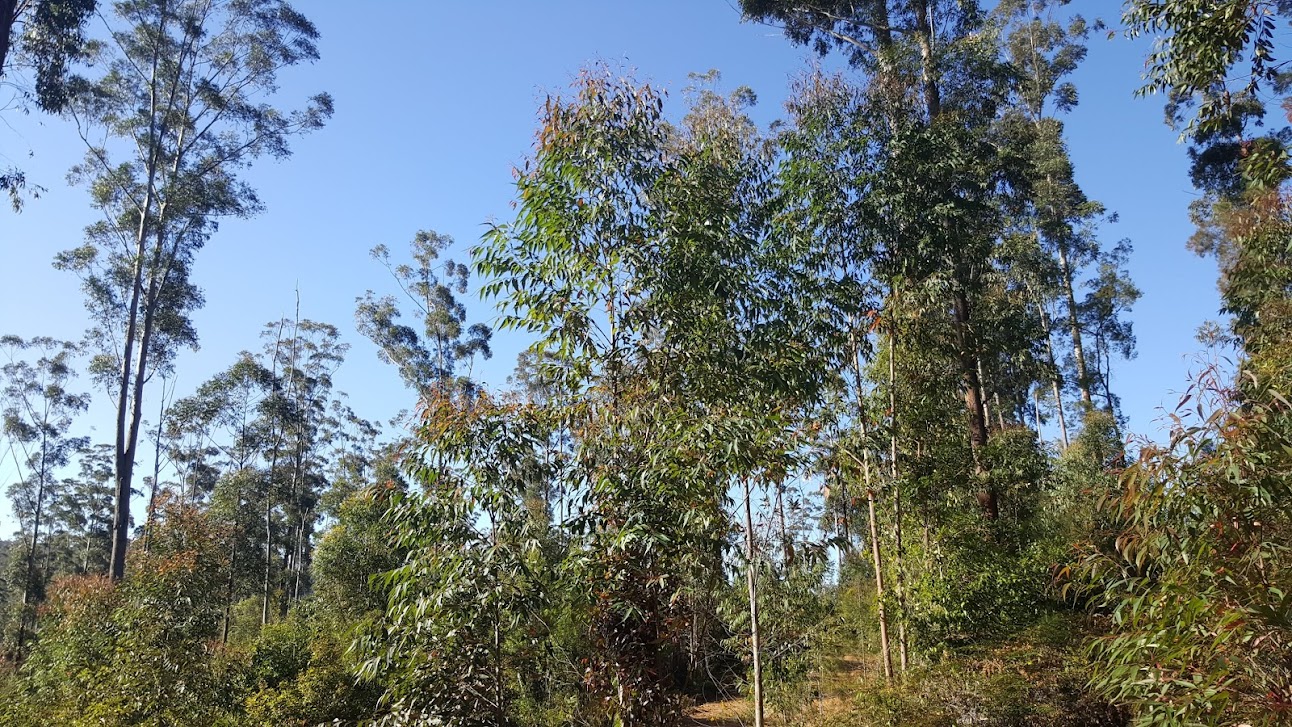
Dr Brad Law is a Principal Research Scientist who specializes in the ecology of forest wildlife and their response to disturbance. He has spent many years developing acoustics and ultrasonics as a survey method for wildlife and aims to collect long-term data to track the responses of wildlife over time.

